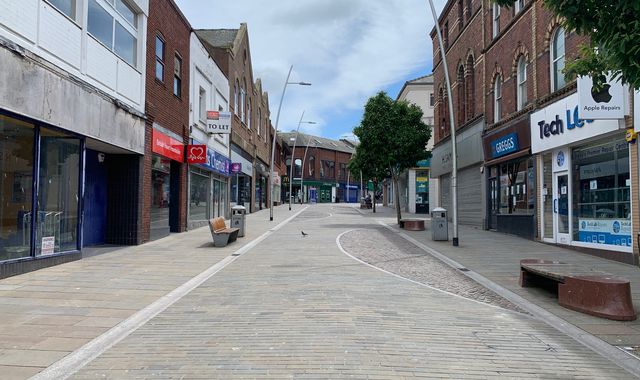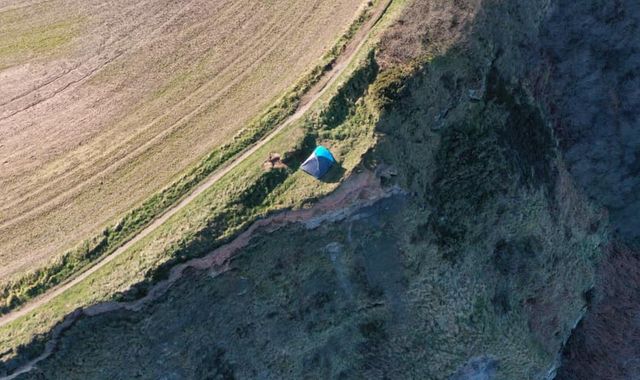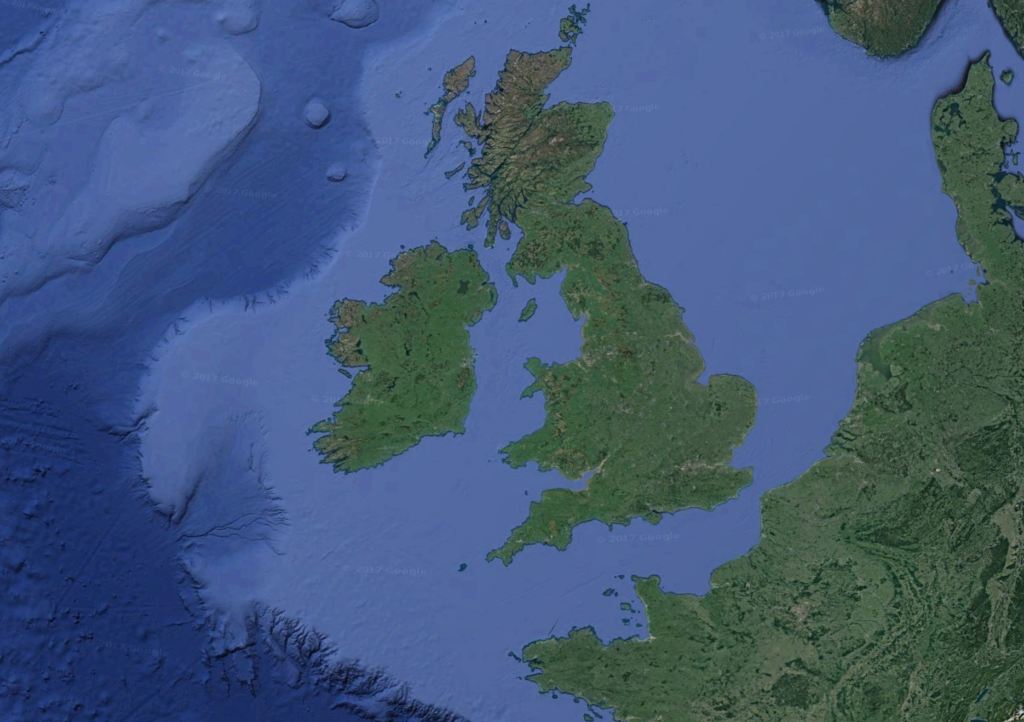Coronavirus: Life in Barrow-in-Furness the town with the highest infection rate in the country
Written by News on 17/05/2020
Known first for its steel, then later for submarine building and wind power, Barrow-in-Furness now has a notoriety for something it can’t be so proud of – the highest rates of coronavirus infections in the country.


Surrounded on three sides by the sea, Barrow is Cumbria’s second largest town after Carlisle.
But despite its relatively remote location it has three times the England and Wales average for the number of coronavirus diagnoses.
A total of 553 people have been positively diagnosed in Barrow, at a rate of 823.7 cases per 100,000 people.
The average in England is 244 cases per 100,000.
Local health experts say rigorous testing could explain the anomaly, with almost three times as many tests carried out in Barrow than in other parts of the North West.
Other theories include high levels of deprivation – half of the 57,000 population live in terraced housing – an elderly population, a high ratio of people with underlying health issues, and the presence of a single large employer driving the local economy.
Almost 10,000 people work at the BAE Systems shipyard, which is building Britain’s next generation of submarines.
BAE said it “strongly rejects the suggestion that we have adversely contributed to the COVID-19 infection rate in the Barrow area”.
It added: “Contrary to any assertion otherwise, we have followed public health guidance and required employees who were displaying symptoms, or had come into contact with someone who was displaying symptoms, to self-isolate at home while introducing preventative measures to protect the safety of our employees.”
The town centre today is virtually deserted. Only a couple of shops are open, and the few people that are out and about appear to be following social distancing guidelines.
One shop that is open is a “social supermarket”, set up by drug and alcohol rehabilitation service, The Well Communities.
The senior development manager for the service is Ged Pickersgill. He says he has confidence in the local authorities, and believes they are being proactive, not reactive, in their handling of the COVID-19 crisis.
“In effect I see it as Barrow Borough Council are steering the ship,” he says.
“And there are lots and lots of different agencies that are working really closely together to make sure there is minimum overlap in the vital services being provided.”
Laurence Pearson is a quantity surveyor who only moved to Barrow a few months ago.
He says his experience is one of a community working together to prevent the spread of the virus.
“From what I’ve seen people are keeping to the rules of staying two metres apart. I certainly feel safe here,” he says.
But, he says, reports in the media about the high levels of infection here have made him consider just how effective the local authorities have been.
Others are less convinced that lockdown guidelines are being taken seriously.
Janine McAllister has lived in Barrow for more than 20 years and works on the front line in a local supermarket. Today she’s making a rare visit into town with her grandson Joseph.
“People did stick to it for a while, but not for long,” she says.
“There are people going to the beach for barbecues and drinks, they’re just not taking it seriously. I think they think they’re immune to it, or that it’s not going to happen to them.”
:: Listen to the Daily podcast on Apple Podcasts, Google Podcasts, Spotify, Spreaker
But she says she still feels relatively safe in the town, except when she’s at work when a sense of vulnerability can take hold.
Although their opinions vary on how both the community and the authorities have responded to the current crisis, they all agree on one thing; that the relaxation of lockdown restrictions should happen slowly.
And that a national “one size fits all” approach to ending the lockdown is not the way forward.
(c) Sky News 2020: Coronavirus: Life in Barrow-in-Furness the town with the highest infection rate in the country







